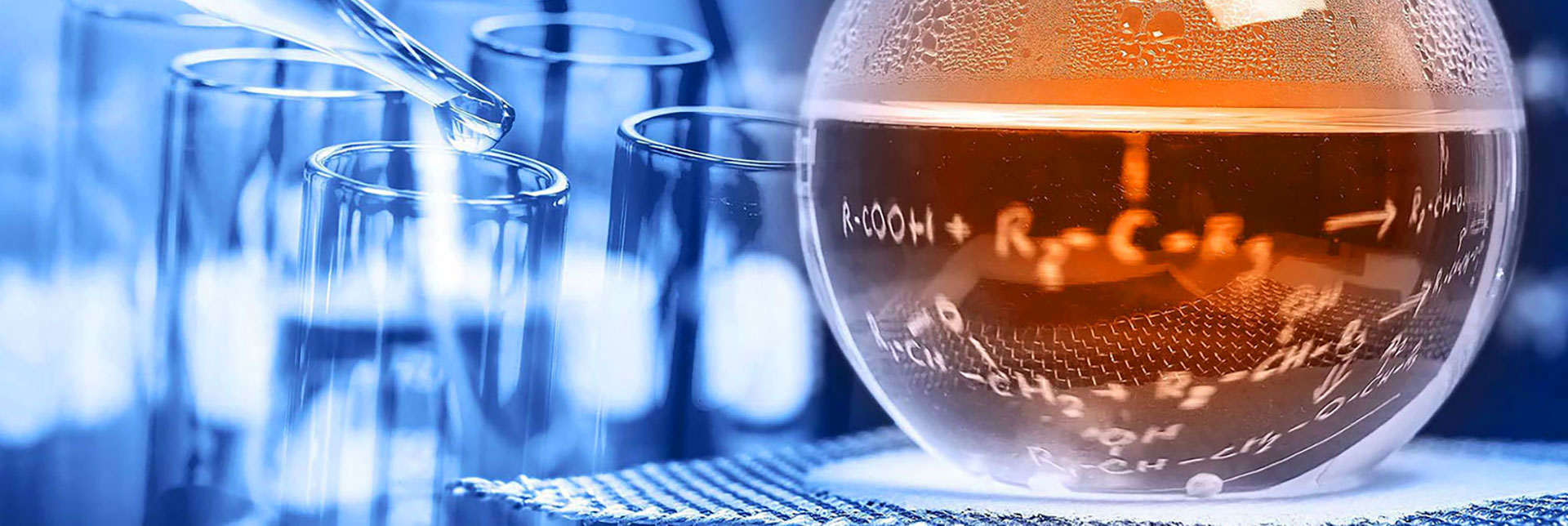

EUROLAB laboratory provides testing and compliance services within the scope of EN ISO 18134-2 standard. This part of the International Standard EN ISO 18134 describes a method for determining the total moisture content of a test sample of solid biofuels by drying in an oven and is used where the highest precision is not required, for example for routine production control in the field.

The method described in ISO 18134 (all parts) is applicable to all solid biofuels. The moisture content (as received) of solid biofuels is always reported against the total mass (wet base) of the test sample.
The term moisture content can be misleading when used with biomass materials because untreated biomass often contains varying amounts of volatile compounds (extracts) that can evaporate when determining moisture content by oven drying.
The test portion of the solid biofuel should be dried in an air atmosphere at 105 °C until constant mass is achieved and the percent moisture calculated from the mass loss of the test portion. The difference of this procedure compared to the ISO 18134-1 reference method is that the effect due to buoyancy is neglected and only one determination is required. A tray while still hot weighs less than a cold tray due to buoyancy. The magnitude of the buoyancy effect depends on the size and weight of the tray.
A drying oven is used, which can be controlled at a temperature in the range of (105 ± 2)°C and where the air atmosphere changes three to five times per hour. The air velocity should be such that test piece particles do not exit their trays.
Plates and trays of non-corrosive and heat-resistant material are used to hold the total test portion, not exceeding 2 g of material per cm1. The surface of the trays should be such as to minimize the possibility of adsorption/absorption (very clean and smooth surface).
The required drying time of the test piece depends, among other things, on the particle size of the test sample material. To reduce the required drying time, the material can be cut to reduce the grain size of the material to less than 31,5 mm, provided that the cutting does not alter the moisture content of the material. Cutting should be done as quickly as possible, avoiding ventilation as much as possible to minimize moisture loss. Visibly wet specimens cannot be cut without loss of moisture and must therefore be dried beforehand.
Dried solid biofuels are hygroscopic. Precautions shall be taken to ensure that moisture is not lost during the preparation of the test piece. Significant moisture losses will occur from the test section after a few minutes in room atmosphere.
Among the services provided by our organization within the framework of material testing services, there are also EN ISO 18134-2 standard tests. Do not hesitate to contact our laboratory EUROLAB for your testing and certification requests.
To get an appointment, to get more detailed information or to request an evaluation, you can ask us to fill in our form and reach you.